Search the Community
Showing results for tags 'detector tech'.
-
What we are discussing is usually called "Recovery Speed" by most manufacturers. From the White's XLT User Manual: "Recovery Speed - Speeds target responses, so several targets that are close together can each respond. When a metal is detected, it takes a fraction of a second for the detector to process the signal before it can respond to another metal target nearby. The time it takes to process the first metal target signal so that the second metal target signal can respond is called RECOVERY SPEED. There are advantages and disadvantages to fast (high numbers) and slow (low numbers) RECOVERY SPEEDS. Faster RECOVERY SPEEDs work well in high trash areas. However, they will have some difficulties with very deep targets as well as double responses on shallow targets. Slower RECOVERY SPEEDs do not work very well in high trash areas. However, they will have better responses on very deep targets. Slower speeds also have more definitive discrimination sounds. A custom setting needs to be found that suits the preferences of the individual and the conditions in the area. As a general rule, the closer together the metal targets are in an area, the faster the recovery speed should be. The more spacing between targets, the slower the speed should be. Don't use the fast speed if you don't need to. In very trashy areas it is recommended to switch to a loop smaller in size than the standard 9.5 inch black loop. Smaller loops offer better separation between targets. However, larger loops detect deeper and cover more area with each pass. RECOVERY SPEED combined with a smaller loop can be used to search severely trashy areas." Just to confuse people White's decided to call it "Recovery Delay" on the V3i. A low recovery delay equates to a fast recovery speed. From the White's V3i User Manual: "Recovery Delay - 1 – 200 200 = slowest. Additional and separate (beyond filtration) selection for the signal response time. Short response time benefits performance in high trash by providing better target separation. A longer response time allows a larger window to detect deeper targets. Ideal Recovery Delay is dependent on Ground Filter selection, ground mineralization, trash density, and your average sweep speed (how quickly you move the search coil)." It would seem detector manufacturers abhor standard terminology, even the same manufacturer! XP has decided to call Recovery Speed by an even newer term - Reactivity. From the Deus User Manual:
-
I'm sure most of you have seen that the price of some of the greatest detectors are under a thousand. The major ones have keep the price between 7 and 8 hundred with some less. This is all good news for us the buyer. For what I see I'm not getting something less in the detector but more for my money. I think detector companies know it's more of us out there that is willing and can afford 8 hundred are less. With the higher number of sales because of the lower price they'll make more money in the long run. That's my opinion but I want to know yours. Chuck
-
Squeezed in a few hours this afternoon to complete a neat Pi project, the Pistol Probe. Also want to take the time to thank Gary Storm of Detector Pro for creating the Pistol Probe, Thank you Gary the pistol probe is one powerful pi. And Finnfoto for encouraging me to finish the neat gadget, thanks finnfoto! Well, Here it is the Pistol Probe converted into a pi detector. Yet, Retains the probe usage with adding back the Probe portion.... Was trying to retain the cool Pistol Probe appearance yet be able to shorten it up a little, hacked off the original Probe portion and added a connector. Using a Uniprobe probe stem allowed the project to work, just remove the Probe and connect the 10" 15us pi coil for pi detection.Was comparing this project with my HH Pi, both air tested the same and with the GrayGhost headset audio bangs out loud and clear. Only portion I hated was using an 1/8" headphone plug, had too no room for a regular size plug. None the less it may be the perfect solution, small yet effective allowing the GrayGhost headset to plug in. Three ways to use this, mounted on the S-handle, or hip mount inside a pouch or auctally it's small enough to fasten to the outer headset band if one wants to wade deep in water. Tomorrow, Sometime in the afternoon will hit a dry river bed. Should do well since both the Pistol Probe and HH Pi share the same 15us circuitry. Could have chopped it up into a smaller version, but that would destroy the neat Pistol Probe appearance. This was important, Maintain the neat stock appearance. I'll share tomorrows finds, thanks for taking a peek. Paul
-
In most industries electronics folks get access to developers kits to build in their own tools and special features. By the time a product goes to market all of this control is stripped out to simplify the unit for general users, who are not usually experienced enough to use it. I was thinking why dont metal detector companies release two versions of code? One for beginners and another set for expert users. It would be easy i would think to pay a fee, get a key to plug in, else reprogram the units for a fee and get all the control i would ever need to work around any issue, gnd, etc out there. I am curious if other folks would like this and would pay for it?
-
I have used many metal detectors over the years, and right now I have to say that the new Makro Racer 2 has perhaps the easiest to understand, best laid out, most practical display and menu system I have ever seen in a top end detector. Now, you can sure say you hunt by ear and do not need a screen and I get that, but if we are going to put a screen on a detector, then let's do it right. Simple detectors with few functions are easy to make screens for - there is not much you need. But even then just the basics are often wrong. Machines that feature target id numbers, what is the thing you will most look at on screen? The target id numbers! Yet these are often way too small or off to the side as if an afterthought. The Makro Racer 2 id numbers are huge, much larger than on the original Racer and Gold Racer, which are already good sized. The number 88 display in the diagram above is fully 1.5" x 1.5" in size in real life. Other machines have some pretty big numbers but I think this sets a record as I can't think of any machine with larger id numbers on screen though some are close. Makro Racer 2 LCD display and controls Makro Racer 2 screen layout Makro Racer 2 screen and control descriptions The number can be the ground balance number, target id, or depth reading. You get a text display just above the number confirming which it is. Below the numbers are three zone references, Fe, Gold/Non-FE, and Non-Fe, that are used to set tone breaks and audio for the three main zones or bins as they are sometimes called. Another basic feature lacking on a lot of machines - the meter backlight. With the Racer 2 you get off, intermittent, or full time backlighting, and it includes the translucent red control buttons. The control ranges between 0-5 and C1-C5. At 0 level, the keypad and display backlight are off. When set between 1-5, they light up only for a short period of time when a target is detected or while navigating the menu and then it goes off. At C1-C5 levels, the keypad and display will light up constantly. I do not know of anyone doing a better backlight. The right side of the meter is informational - ground phase (ground balance number), mineral % (ground magnetite content), coil warning notices, and a six segment battery meter. Across the top below the 0 - 99 reference sticker, is a series of 50 "bullets" each of which covers 2 target id numbers. Open bullets (which appear gray in the diagram but are invisible in real life - see top photo) indicate accepted target id numbers. Blacked out segments show what discrimination and notch setting you have programmed in a single quick glance. When a target is detected, the big number on the display will be mirrored by one or more of the bullets flashing dark. The four control buttons are simple as can be - up and down takes you through the left hand menu area. Right or left lets you set each function selected by going up and down. The menu is basically the entire feature list just laid out right there for you to see. You want to know what this machine can do, just look at the screen. Most other machines you have no clue without reading the owners manual or at least pushing buttons to see what functions appear. Some settings like the backlight are system wide for all modes. All other settings like Gain are independent in each mode, and can be saved independently in each mode. This means you can play neat tricks like setting up a couple modes with dramatically different settings and then flip back and forth easily between two modes for target checking. You even get to decide what mode is the default start up mode. The Racer 2 starts up in the last mode where the save function was performed. If you always want to start in Beach mode, just modify and save something in Beach mode. Next time you start the detector, you will be in Beach mode. It is simple. It makes sense. No cryptic abbreviations or acronyms. No sub menus. It is, in metal detector terms, a work of art. Whoever designed this should sign it so I can frame it and hang it on my wall.
-
Many of the top brand detecting manufacturers offering vdi number displays to narrow down the identification of various targets. Those vdi numbers or specific target identity numbers allow us decide weather or not we choose to dig that specific target. Has anyone found the best way to identify tin from other non ferrous targets? In my experience with disc modes primarily using the mxt I recall most iron targets will grunt and give you a negative number. Non ferrous....copper, brass , gold , a low to med number and silver up in the high 80's. I find tin to be the most troublesome of all metals, it's pretty easy to eliminate most iron targets such as nails, small wires and other odd ferrous objects in disc modes when hunting gold, but pieces of tin. I am just wondering which detector out their today would give us the best tin target id...
-
Recent thread about metal in Penguin, reminds me of a few years back. Local Stock Squad (Cattle Police) were experiencing a rash of horses and cattle being shot. For Court evidence they required the bullets and spent cartridges, so they would grab me and off I`d go with them. To cut a long series of stories short, that went on for a few years until the young "Rambos" were caught. One particular beast, couldn`t find any cartridges but there was a big signal in the cow, on cutting open we found remains of a lead acid battery in the stomach. Cattle station owner found that the beast must have for, whatever reason, decided to eat through the pile of discarded vehicle batteries behind shed. Perhaps of further interest, I found in detecting over stock bodies the VLFs were much better then the PIs, the Pi with 18" coil was tops for finding the spent cartridges but couldn`t ground handle the "chemistry" of the bodies. Not having heard from the Stock Squad for many years, I assume they have purchased detectors for this purpose.
-
I thought I would see how much pinpoint and depth is actually used with different detectorist. or are these features even needed for every day detecting. maybe without them, manufactors could even cut the cost alittle. personally, I have rarely ever used these features. most anyone, including myself have developed an eye to coil coordination and usually are near spot on when digging out a target. even after awhile a novice detectorist seems to develop this skill. after that pinpointing just seems to slow you down. and for depth, is it really necessary to know how deep your target is. maybe it is needed, maybe not. and for some detectors including the fors line. the button does bother some. it kinda cuts down on your options of how you can hold the joystick. anyway it would be interesting to see what other detectorist think, and their uses for these features. or are they a real deal breaker in considering a detector purchase.
-
This could be an exciting development for prospectors if the cost is something most of us could afford. "Instead of a pan and a pick ax, prospectors of the future might seek gold with a hand-held biosensor that uses a component of DNA to detect traces of the element in water. The gold sensor is the latest in a series of metal-detecting biosensors under development by Rebecca Lai, an associate professor of chemistry at the University of Nebraska-Lincoln. Other sensors at various stages of development detect mercury, silver or platinum. Similar technology could be used to find cadmium, lead, arsenic, or other metals and metalloids." Read more at: http://phys.org/news/2016-02-hand-held-gold-sensor.html#jCp
-
There has recently been some discussion somewhere in the forums about 20-30 KHz detectors recently and their applications for prospecting. I ran across this while reading a link on a thread at NASA Tom's Forum, a quote by Dave Johnson, design engineer. "Metal detector manufacturers generally avoid the 20-30kHz range because of electrical interference from military communications." Here's the link to the interview- http://www.fisherlab.com/hobby/davejohnson/davejohnsonjohngardinerinterview.htm Merton
-
For years I didn't think about frequency and I still don't spend a lot of time thinking about it now. I know over time the powers that be have found one frequency over another will detect small gold. Oh I'm all for their endeavor. The thing is I've been a coin hunter lots longer than a nugget hunter. That single frequency has found me untold rings and coin back to the early 18 hundreds. Now here soon White's MX Sport Waterproof single frequency detector will hit the market. My thinking is why not it's been good to me all the years I've been swinging a single frequency detector. I know now we have detectors that can run in more than one frequency but do I really need it. I'd like to hear your thinking on this subject. Chuck
-
Abstract Metal detectors are basic tools used in humanitarian demining throughout the world. Because of the importance of these instruments, a document has been produced with broad international support that standardizes the testing of metal detectors. This document was produced by CEN Workshop 7 and is known as a CEN Workshop Agreement (CWA 14747). In particular, tests for determining detection capability are specified. Some soils have magnetic properties that can influence metal detectors, causing them to alarm when no metal is present. This is one of the main factors limiting the effectiveness of metal detectors in some mined areas of the world. Many modern detectors incorporate techniques that allow the detector to reject the effects of the ground while maintaining metal detection capability. An important test in CWA 14747 is to determine the effect of problematic soils on a detector and the effectiveness of any such "ground compensation" function. JRC is engaged in a metal detector testing programme and already has some magnetic soil on which to perform tests. However, a further soil was required that better represents the problematic soils found in many parts of the world. A soil was required with a high frequency-dependent magnetic susceptibility. Using existing knowledge about the relationship between soil magnetism and other soil properties, areas in Italy that were likely to have soils with the required properties were predicted. Zones were identified based on ecopedological and geological maps. Several areas investigated were in Tuscany. Using further local information from the Tuscan Regional soil science service, more precise locations were identified. A brief field survey confirmed the locations where the appropriate "Terra Rossa" soil could be found. A large container of the soil (~1m3) was then transported to the JRC facilities at Ispra where it was installed in a soil test box. The soil in this box proves to have ideal properties for testing the detection capability of detectors in soil. To read the rest see Identifying and Obtaining Soil for Metal-Detector Testing For en extremely detailed report on testing methods and results with several metal detectors see Systematic Test & Evaluation of Metal Detectors
-
Some detectors have an "Iron Audio" feature. With "iron audio- on" it lets the operator hear the iron targets. So, does this feature just basically turn iron discrimination off so that you get an "all metal mode"? I ask because I am interested in the AT-Pro which has this feature but am wondering exactly what it does. I notice some guys in videos using the iron audio on setting yet they still turn up the iron disc. When I hunt with the FoRes CoRe I turn the I.D. Mask all the way down to 5 or less so that I can hear everything and let my ears do the discriminating. Am I basically doing the same thing as "Iron Audio-On" ? Thanks! Dean
-
Hello Steve, I think it was about this time last year you posted your thoughts on new detectors for the upcoming year. Any insight on new PI or multi-frequency detector for 2016? For the most part, it seemed like 2015 was the "year of the low end detector".
-
What else can I say but, Wow! The ML7007TM.....bad to the bone.. They say it gets up to 40% better mileage..!!!! Merry Christmas...
-
Thought I'd start a topic of a different nature. What detector/s would you like to see reintroduced and why, and maybe a new feature or two if you dare. The reason I'm starting this is because there's been some real fine units come and go over the years, and I think some are worthy of some new time in the limelight. Model: Brand: Why should it be reintroduced? New features that would be nice: Okay, this is really hard, but I'm going to limit it to 3: Model: Sovereign GT Brand: Minelab Why should it be reintroduced? Still one of the best discriminating beach/shallow wading machines ever made New features that would be nice: A more compact control box that was at least weatherproof so i didn't have to chest mount the control box. Model: Goldmaster 3 Brand: Whites Why should it be reintroduced? Seems like the appreciation for the GM3 came after it was long gone. New features that would be nice: Auto Tracking option like on the GMT, and would be awesome to add a lower frequency to make it a bit more versatile for relics, hotter soils etc. Sort of like a GMT/MXT hybrid but in the old style chest mountable control box. Model: Diablo uMax Brand: Tesoro Why should it be reintroduced? So I could try one, and see what all the fuss is about :-) But seriously, a very lightweight "utility" gold machine should sell well, as long at it works. New features that would be nice: A Disc mode with ground balance like the original lobo so you could use it for coins, jewellery and relics
-
Been thinking of different ways to detect gold and thought of a theory i would like feed bback on. everything has a resonant frequency, right? Why not bombard ground at golds nuclear magnetic resonace frequency and use ssiesmic sensors to find the target area? Hhhmmm..... what do you smart people out there think?
-
Last topic of the day for me. Does anyone know of this having been done?
-
A wise man once told me, "Most of the gold he had ever found could have been found with an old Radio Shack detector" So the detectors are not the main focus of finding gold..... we all know that location is the single most important factor when detecting, drywashing, dredging, sluicing, sniping, panning, etc.... Now, that being said..... Part of the fun of detecting for me is using the latest and greatest machines---- it adds to hobby (and it is a hobby) for me... Why do some people buy a new car every two years when they could have driven the other one into retirement???? Because we like to..... ! Not because one or the other is so much better than the other..... if a person can't find gold with a 3000... then i really doubt buying a 7000 is going to make that much of a difference... but if that same person chooses to do so ,,, more power to him/her....... i try not to overthink things....... and that is very easy for me to do!!! Here is where it all started for me back in paleo days.....
-
Take a look at this, an app based metal detector, I suppose it was only a matter of time. Don't know if it is any good but sure looks cool http://teslamd.ru/
-
I see there are now wireless detector coils. I have day dreamed about building a detector that was driven by a remote for years. I know anything is possible when the right person and the technology is there. Any thoughts if this is possible yet? Root
-
When I started the GPZ 7000 thread at http://www.detectorprospector.com/forum/topic/1230-minelab-gpz-7000-the-controversy-ends/ it was for owners of the detectors who have had time on it to air their opinions. It became apparent lots of other people wanted to weigh in with their opinions. I am therefore starting this thread for everyone else who owns anything else or not to voice whatever opinions they have on the detectors or companies themselves. Say anything you want, no holds barred really, but it would be nice if it was kept constructive. I prefer myself to keep things upbeat and positive. It is just who I am and I have tried to keep the forum as a whole along those lines. But I do not want people to feel like certain opinions or viewpoints are not welcome and so this is the place for whatever opinions you may have about any detector manufacturer or their products. I am not going to get involved as long as people do not get personal. This in no way is my relenting on my overall expectations for the forum as a whole. There is a time and a place for everything however and going forward this is the thread on which to air suggestions, complaints, issues, or just plain gripes. Again, all I ask is keep it civil. Thank you. Just to get you going here are some new metal detector bumper stickers for you.... First Texas - Even we don't know how many we make or what they're for! Garrett - We already made a flagship detector so quit asking for one. Minelab - The most hated name in detecting! Tesoro - Search for the past with detectors from the past. White's - Anything happen while we were sleeping?
-
https://thecounterfeitreport.com/product/443/Metal-Detector-Coils.html saw this and thought some might find it interesting.
-
This is an informal survey, just out of curiosity. For those of you who have been out prospecting in the last year (back to Sept 2014) and actually have found gold nuggets, what detector or detectors did you find the gold with? The poll is not meant to prove anything. I am just wondering what detectors are most commonly in use now for finding gold nuggets by those who are actually finding the gold. I am posting this on the most of the active US forums so please do not post your answer in more than one place. In a week I will compile all the answers from all the forums and post the results back to each one. Thanks in advance for you participation. I own a number of units but so far in the last year my gold was found with the Minelab GPZ 7000, SDC 2300, and a few nuggets in trashy areas with the Makro Racer.




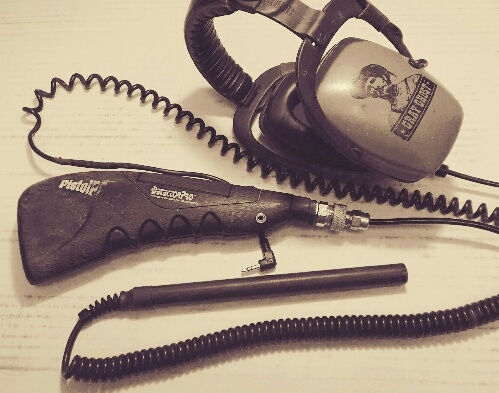
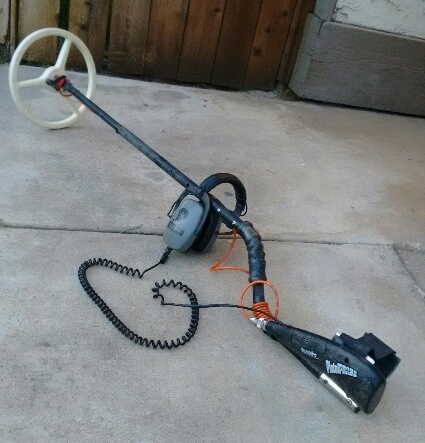
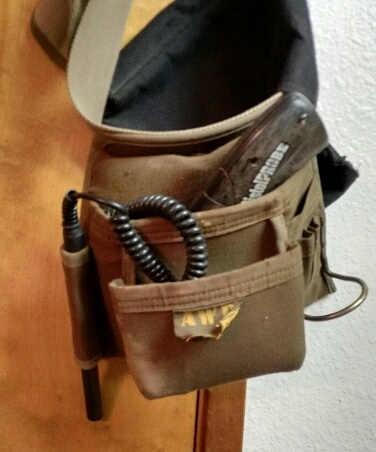
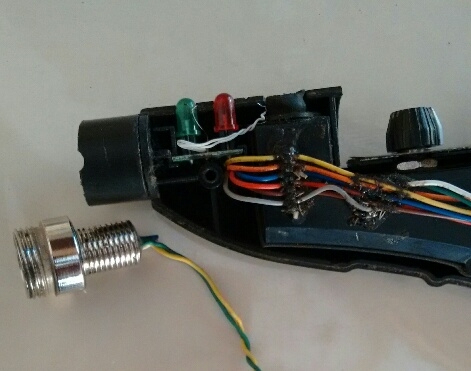
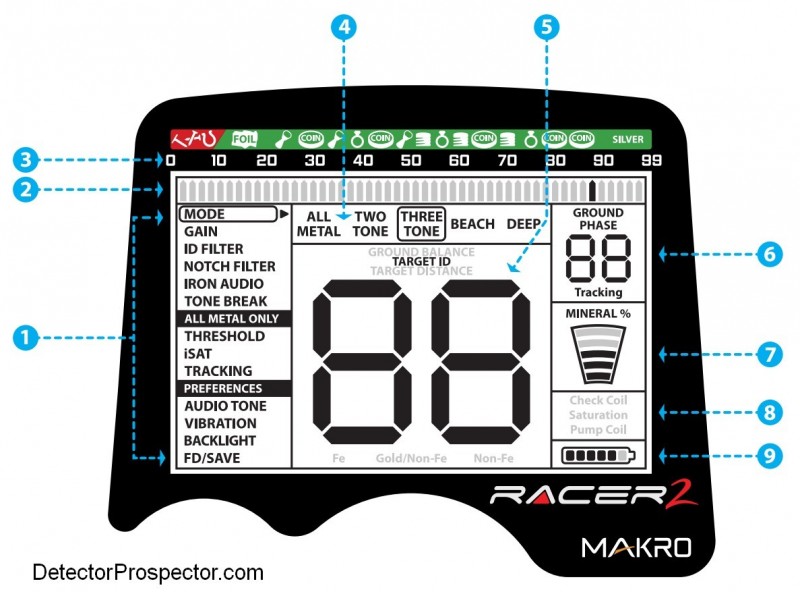
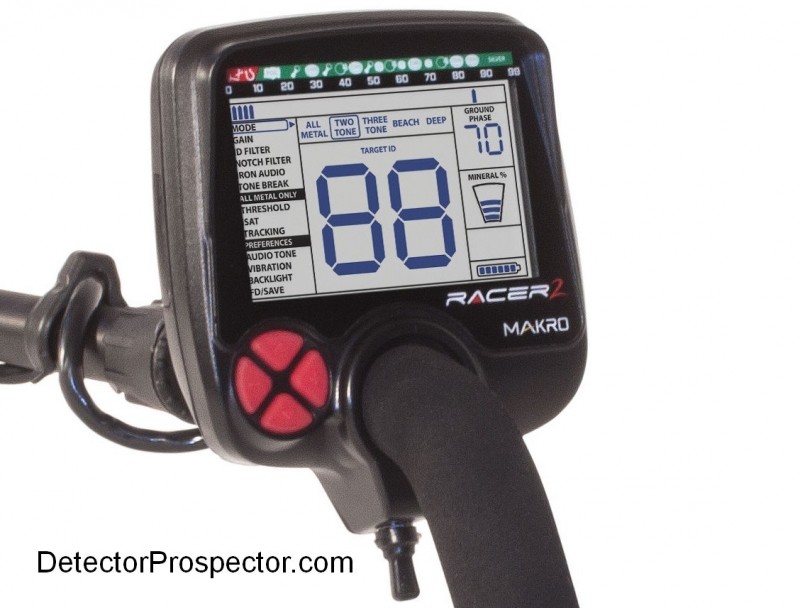
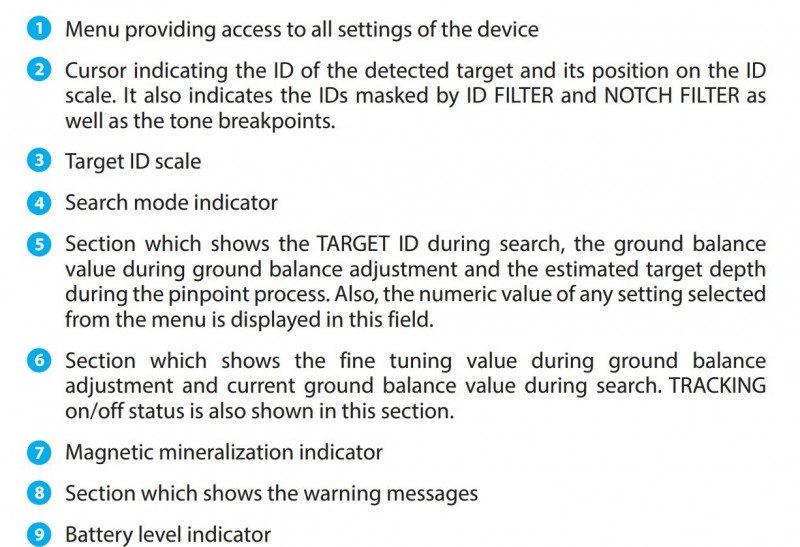
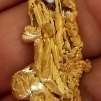
.thumb.jpg.77e4cb5bf39d44bdd2050d2edb7dfdb1.jpg)




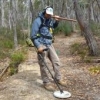
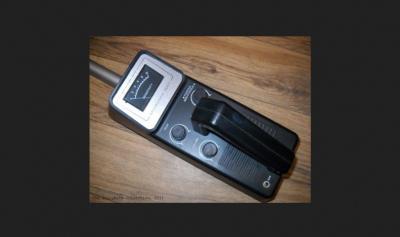
.thumb.jpg.834d08a5d63ebcd93a21f9a93d2e31f7.jpg)

